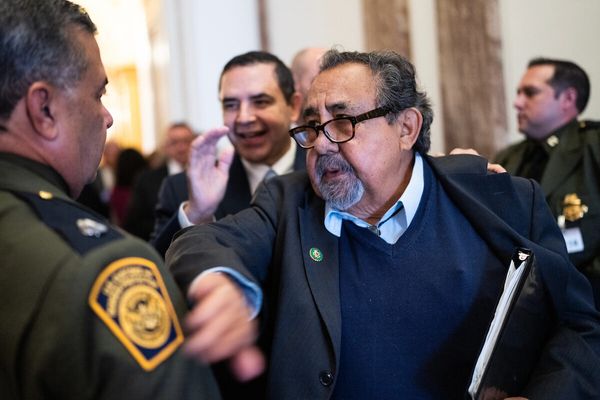
Ten days. That’s how long it has been since Australia played Argentina in the World Cup’s last 16; a week and a half since Garang Kuol came within a whisker of sending the game into extra-time. Now, Lionel Messi and co are bound for a World Cup final, while Australian football has descended into a resentful civil war that is threatening to irreparably sever the relationship between the A-Leagues and its most devoted supporters.
Two days on from the initial announcement, the furore surrounding the Australian Professional Leagues’ (APL) move to sell hosting rights for the next three men’s and women’s grand finals to Sydney shows no signs of abating. If anything, it’s getting worse.
Supporters’ rage at the decision appears to have become self-sustaining, an ouroboros of loathing that only grows bigger with every passing moment the NSW commitment remains. Boycotts and mass walkouts are planned this weekend. Players such as Craig Goodwin, Remy Siemsen and Jason Davidson have taken to social media to disavow the move. And some clubs have released their own statements distancing themselves from the decision-making process.
Despite the vote on the partnership reportedly being unanimous, Melbourne Victory chairman Anthony Di Pietro has resigned as one of the APL board’s directors, and his name was notably absent on a late-night statement released by the APL on Tuesday which doubled down on the decision. At least it was until it was yanked off Facebook and reposted without the names of the 11 other club representatives.
It’s beyond parody. Even before Socceroos squad members began to return home from their history-making stint in Doha, sardonic jokes were flying – just how would the local game mess this up? That’s the well-earned cynicism of Australian football. But not even the most jaded would have anticipated it would take just over a week for a self-inflicted existential crisis to materialise.
While it is easy to dismiss the ongoing rancour as just the latest example of Australian football eating itself, it increasingly appears that this is the latest front in the increasingly bitter ideological conflict between fans and administrators over what matters in modern sport, and what’s worth sacrificing.
Beyond the discontent surrounding a grand final, it has become a moment of class consciousness among those who provide the passion and atmosphere, in opposition to those who lay claim to its ownership. Even if the decision was reversed today, anger would likely remain; fans rebelling against those they now believe see them not as partners but as cash registers whose concerns can be discounted when the dollars add up. This is about more than a grand final now. It’s about trust, connection and a feeling that supporters don’t matter at all.
How the A-Leagues come back from this, if they even can, is difficult to imagine. The indignation of the past days has been driven almost entirely by a sea of collective fans, and there are no definitive leaders to target or schmooze to ease tensions. The media is not driving the conversation so much as being observers holding on for dear life.
Backtracking by the APL seems impossible: the NSW government will not let them out of their contract and, even if they did, the reputational damage of such a move would likely adversely impact any future hopes of securing government funding. There is also a level of belief that their concept, a week-long “festival of football” (details of which are still scarce), is what the game needs to grow. And that’s to say nothing of the eight figures over three years – it costs money to run a league these days.
It’s a crisis. But this is also modern football, where commercial considerations, investment vehicles, data lakes and other words you would find on LinkedIn have become just as integral in the game as joga bonito. When Lionel Messi steps out into Lusail Stadium in the early hours of the Australian morning on Monday, he will be doing so in a World Cup sold to the highest bidder, in the last final before the tournament swells to 48 teams and becomes even more profitable. He will then return to a Paris Saint Germain side which is effectively owned by Qatar, and take part in a Champions League that will expand from 32 to 36 teams in 2024 – which itself was a response to the not-yet-dead attempts to establish a European Super League.
Now, it appears Australian football is having its own modern moment. Just what is the value of a dollar?







